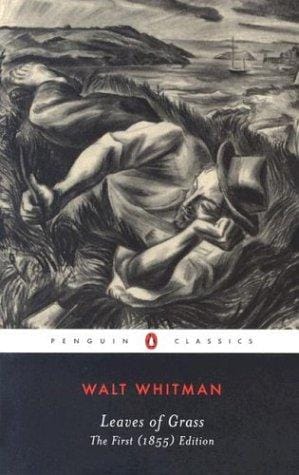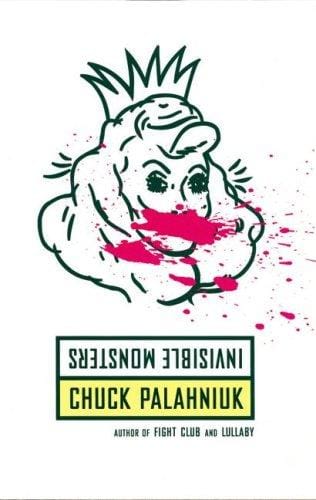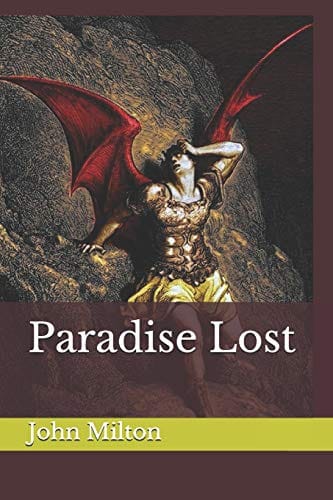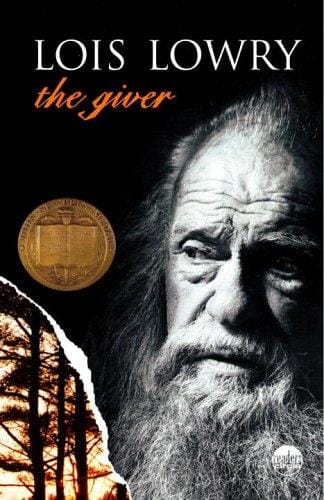Beowulf: The Timeless Power of the Old English Epic
Discover the story, themes and lasting influence of Beowulf, the oldest surviving English epic poem and a cornerstone of medieval literature.
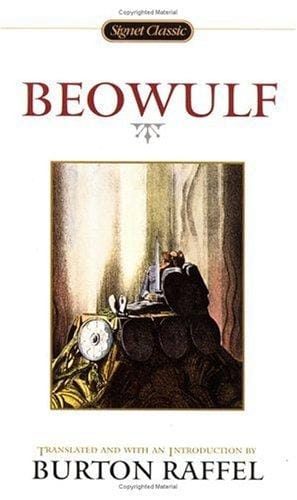
Introduction to Beowulf
Beowulf is the oldest surviving epic poem written in the English language, composed sometime between the 8th and early 11th centuries. Set in Scandinavia but penned in what scholars call Old English, the work recounts the heroic deeds of its eponymous warrior as he battles monsters and, ultimately, mortality itself. Although only 3,182 lines long, Beowulf profoundly shaped the development of English literature, influencing everything from medieval chronicles to contemporary fantasy novels. This article explores the poem’s origins, storyline, themes, and enduring legacy.
Historical Context
The single surviving manuscript of Beowulf was copied around 1000 CE by monks in Anglo-Saxon England, yet the story it tells is much older. Drawing on oral traditions from pagan Denmark and Sweden, the poem blends Christian moral commentary with Germanic hero culture. Its anonymous author likely belonged to a learned monastic community, preserving pre-Christian legends even as he reframed them to suit a Christian worldview. This fusion of cultures makes Beowulf a unique window into the transitional period between the Dark Ages and the Middle Ages.
Plot Overview
The Arrival in Denmark
The narrative opens in the court of King Hrothgar of Denmark, whose grand mead-hall, Heorot, is under nightly attack by a monstrous creature named Grendel. Hearing of Hrothgar’s plight, Beowulf—an esteemed Geatish warrior—sets sail from southern Sweden with fourteen companions. Upon arrival, he pledges to rid Heorot of its terror without the use of weapons, trusting instead in his prodigious strength and in divine providence.
Confrontation with Grendel
That night, Grendel bursts into Heorot, only to find Beowulf waiting. In a fierce hand-to-hand struggle, the hero tears off the monster’s arm, mortally wounding him. Celebrations ensue, but the triumph is short-lived. Grendel’s vengeful mother attacks the hall, taking a Danish nobleman. Beowulf tracks her to her underwater lair and, after a brutal battle aided by a giant-forged sword discovered in the cave, he beheads her and brings peace to Hrothgar’s kingdom.
The Dragon and Final Battle
The poem leaps forward fifty years. Beowulf has become king of the Geats and ruled wisely, but a new threat emerges: a dragon awakened by a stolen cup. Despite his age, Beowulf resolves to fight the dragon himself. During the clash, all but one of his retainers flee. The loyal warrior Wiglaf comes to his aid, and together they slay the beast, though Beowulf is fatally wounded. He dies after naming Wiglaf successor and requesting his ashes be placed in a barrow overlooking the sea, a beacon to sailors and a memorial to his deeds.
Major Characters
Beowulf embodies the Germanic heroic code—courage, loyalty, and the pursuit of everlasting fame. King Hrothgar serves as a benevolent ruler and moral father figure, warning Beowulf about the corrupting power of pride. Grendel and his mother personify chaos and vengeance, while the dragon symbolizes the inevitability of death. Wiglaf, the faithful thane, represents the next generation of heroism, underscoring the poem’s cyclical view of history and leadership.
Key Themes
The tension between pagan heroism and Christian morality forms the backbone of Beowulf. The quest for lof—immortal reputation—drives the protagonist, yet the narrator often reminds readers that earthly glory is fleeting compared to salvation. Other central themes include the importance of kinship bonds, the fragility of social order, and the looming shadow of fate. The poem also interrogates the thin line separating civilization from savagery, suggesting that monstrousness can lurk within human halls as readily as in haunted moors.
Language and Style
Beowulf is composed in alliterative verse, a form defined by stressed syllables linked through initial consonant sounds instead of end rhyme. The poem uses kennings—compact metaphorical phrases such as “whale-road” for the sea—to enrich its imagery. Caesuras split each line into two balanced halves, lending a rhythmic, oral quality that hints at the work’s bardic origins. Modern translations strive to capture this musicality while making the archaic diction accessible to today’s readers.
Cultural Legacy
Since its rediscovery in the 18th century, Beowulf has inspired scholars, artists, and storytellers alike. J. R. R. Tolkien’s seminal essay “Beowulf: The Monsters and the Critics” reframed the poem as sophisticated literature rather than mere antiquarian curiosity, directly influencing his creation of Middle-earth. Adaptations range from Seamus Heaney’s award-winning translation to films, graphic novels, and even heavy-metal concept albums. The epic’s archetypal hero-versus-monster narrative continues to resonate across genres and media.
Why Beowulf Matters Today
Beyond its historical significance, Beowulf offers modern readers a meditation on leadership, duty, and ethical conduct. In an era of rapid change, the poem’s exploration of legacy—how actions echo after death—remains profoundly relevant. Moreover, its blend of multicultural influences reminds us that identity and storytelling are perpetually evolving. Engaging with Beowulf encourages critical thinking about the past while illuminating universal human concerns.
Conclusion
Beowulf endures because it speaks to timeless human anxieties: the battle against destructive forces, the fear of oblivion, and the hope that courage can secure lasting honor. Whether approached as thrilling adventure, linguistic artifact, or philosophical treatise, the poem rewards attentive reading and continues to shape the literary landscape more than a millennium after its creation.
